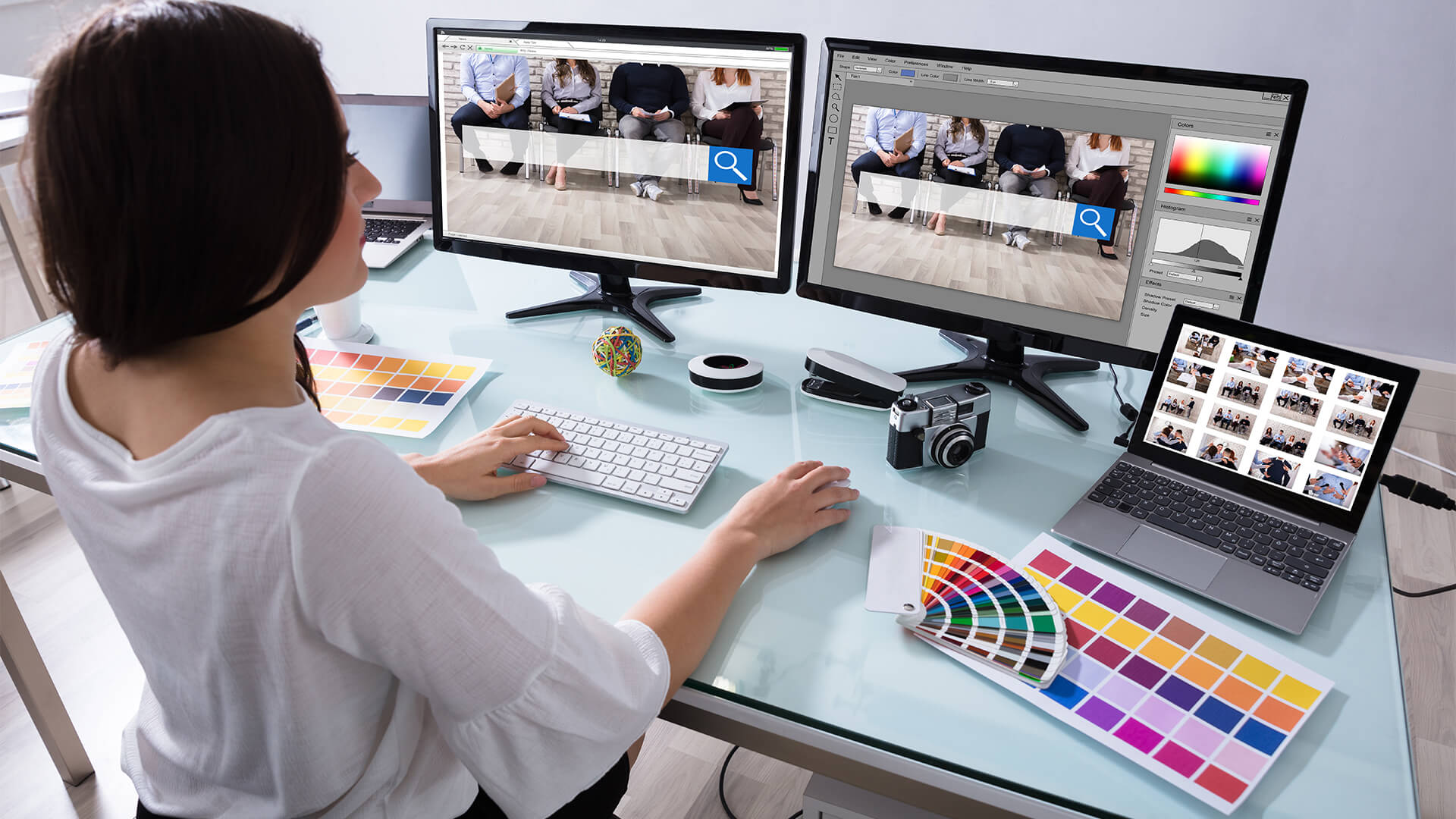Rumored Buzz on Digital Printing
Rumored Buzz on Digital Printing
Blog Article
About Digital Printing
Table of ContentsThe smart Trick of Digital Printing That Nobody is Discussing10 Easy Facts About Digital Printing ShownThe Greatest Guide To Digital PrintingNot known Facts About Digital PrintingThe Basic Principles Of Digital Printing A Biased View of Digital PrintingDigital Printing Can Be Fun For AnyoneThe smart Trick of Digital Printing That Nobody is Talking About
Customization additionally permits businesses to stand out in a crowded market by developing one-of-a-kind advertising and marketing products that separate them from their competitors. Among the primary advantages of digital printing is the ability to publish variable information. Each printed piece can be one-of-a-kind, permitting services to produce customized marketing products that talk directly to their target market.Digital printing additionally enables for customization in the layout of marketing products (Digital Printing). With digital printing, services can develop designs that are one-of-a-kind and tailored to their details needs.
The Ultimate Guide To Digital Printing
By printing smaller quantities of advertising materials, businesses can lower waste and avoid the need for excess inventory. Digital printing is also versatile.
By utilizing different materials and formats, businesses can create unique marketing materials that stand out from their rivals and stand out from their target market. Digital printing additionally uses uniformity. With conventional printing techniques, there is typically variation between prints due to differences in ink insurance coverage, stress, and various other aspects.
This consistency can help build consumer trust fund and credibility, revealing that the organization is devoted to offering top notch products. Consistency is specifically vital for services that wish to build client trust and reputation. By making certain that every print corresponds, companies can reveal that they are devoted to providing high-grade products and taking notice of the information.
Digital Printing for Dummies

Additionally, electronic printing creates much less waste due to the fact that it can print on need and in smaller sized quantities, decreasing the demand for excess supply and materials. Digital printing also uses less energy compared to typical printing techniques. Digital printers do not need as much power to run, as they do not need to warm up as a lot or use as much power to run.
Digital Printing - Questions

Balanced out printing calls for a plate for every visit homepage shade printed. Standard offset printing is a print technique that uses aluminum plates to move ink onto a rubber sheet (frequently described as a "covering"). The image is after that rolled onto the printing surface area. This printing method is thought about "countered" because the ink is not moved to the paper straight.
Digital Printing for Beginners
Offset printing permits for a large range of print products to be made use of during manufacturing. The premium pictures produced via balanced out printing make it the preferred approach, particularly amongst graphic designers, when looking for the greatest shade reproduction, information, and professional-looking prints.
For electronic inkjet printing, ink is transferred straight onto the surface area. Rather than counting on aluminum plates and rubber blankets to move an image, digital printing makes use of liquid ink during manufacturing.
Digital Printing Fundamentals Explained
Since balanced out printing can mix customized color inks for each job, it will naturally get the shades spot-on. Count on countered printing for clean, distinct types and images without touches or places.
It sets you back a great deal to start a Check This Out balanced out job. You have to spend cash right into producing the plates, which takes time. However, as soon as you have actually invested it, all of the materials prepare to go, and you'll invest less on large countered work than an electronic print, which has to do anchor with the exact same per piece no issue just how huge the job obtains.
Each print is the same. You risk less odd variants triggered by inequalities in water and ink. Digital printing is less pricey for low-volume jobs. The cost each drops for electronic printing, so at some time, they crisscross. Transforming information within a solitary print work. For example, claim you were printing out postcards promoting a performance.
Getting The Digital Printing To Work
While digital printing or inkjet printing is the favored option in the existing times, there are compelling reasons to convert from offset to electronic printing systems. When publishing countered or digitally, essential choices and procedures are included in color matching.
Industrial inkjet printing provides convenience for printing on lots of various substrates. Digital printing is ideal for consumers that do not need longer runs and warehousing materials.

One advantage of digital printing is picking from a large range of electronic substratums. With countered printing, substrates comprise, on standard, 30% of the price of the work. With digital printing, the expense of the substratum in the total job is small. This permits even more selections than ever before, and that benefits marketers and companies.
Digital Printing - Questions
drop-on-demand is the second printing technology to consider. Continuous inkjet systems call for substantial upkeep, even more operator training, and higher downtime. Nonetheless, tools costs in inkjet printing are far lower than offset printing as there are no plate-making, plates, and press expenditures. Beyond the capital expenditure, the prepress devices and printing presses call for extremely competent operators in countered printing, which includes labor costs.
Report this page